Usa Cartoons
- caricature /
- Usa Cartoons
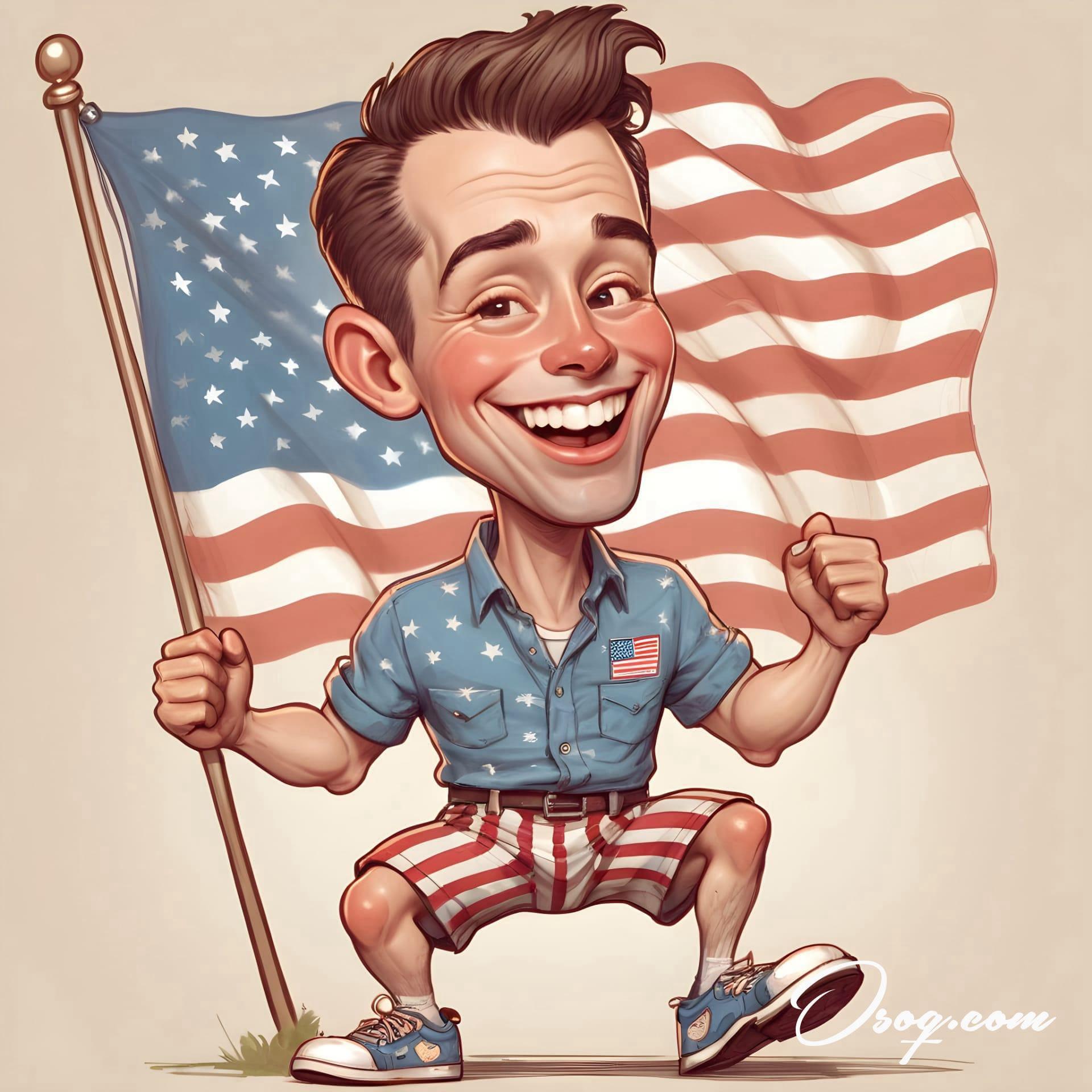
Did you know that the first successful USA cartoon is considered to be "The Adventures of Obadiah Oldbuck," which was published way back in 1842? It wasn't exactly what we think of as cartoons today, but it laid the groundwork for the visual storytelling we love.
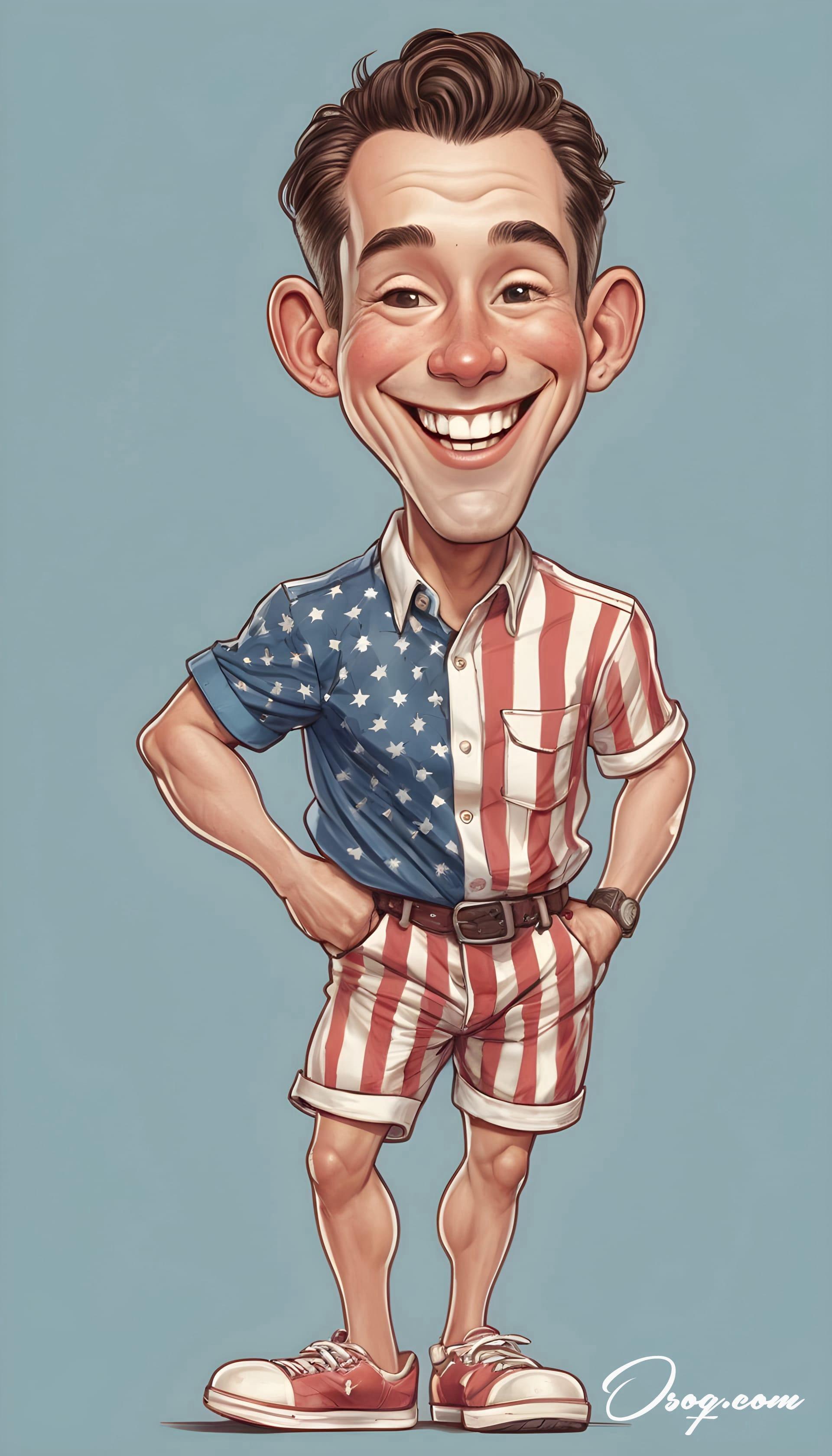
In the early days, cartoons were mostly political or satirical, aiming to poke fun at society or comment on political landscapes. It's a tradition that has continued, showing the power of illustrations to convey complex messages simply.
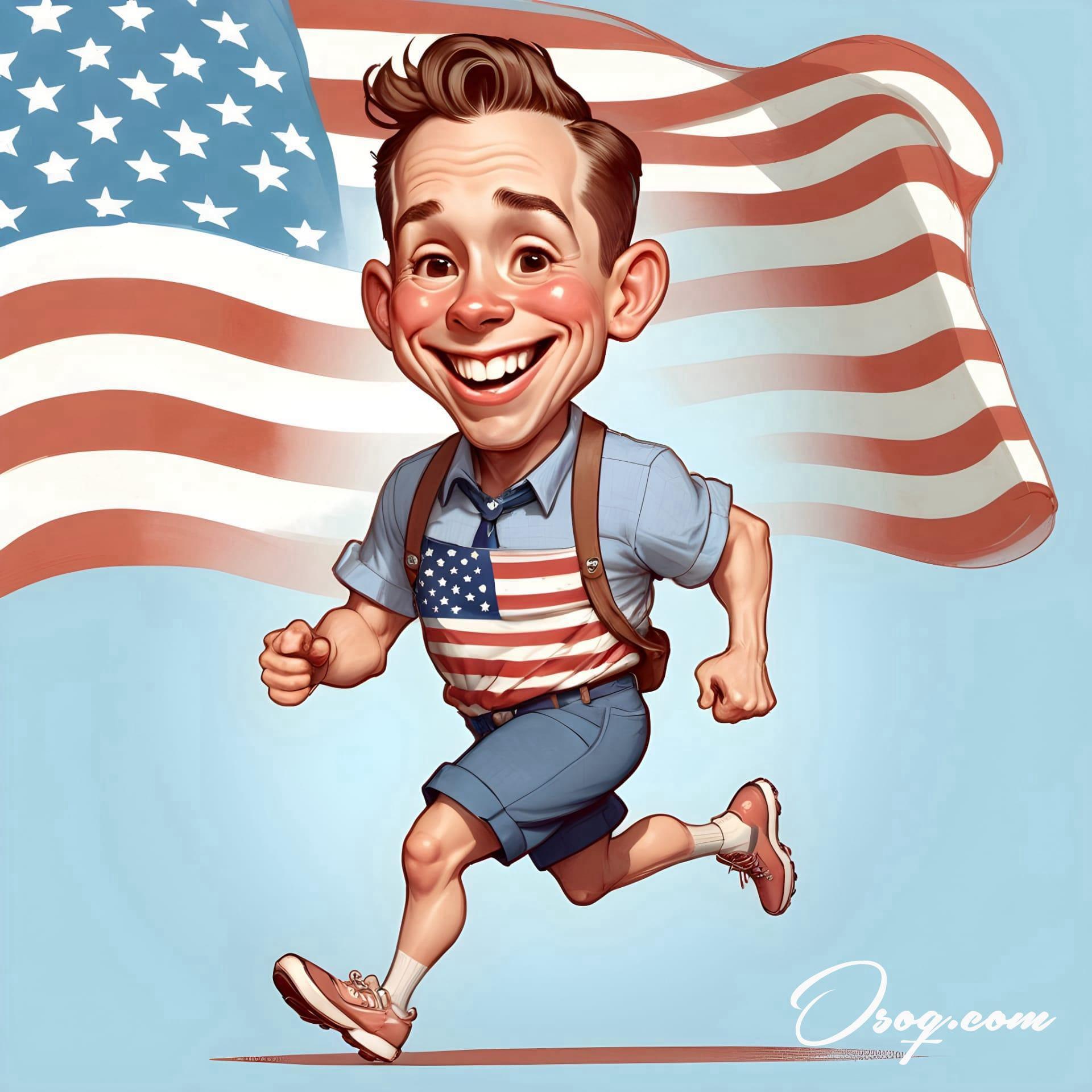
Walt Disney, a name synonymous with USA cartoons, wasn't just about Mickey Mouse. Did you know his studio was pivotal in developing the multiplane camera technique? This innovation gave cartoons depth and a more realistic feel, changing animation forever.
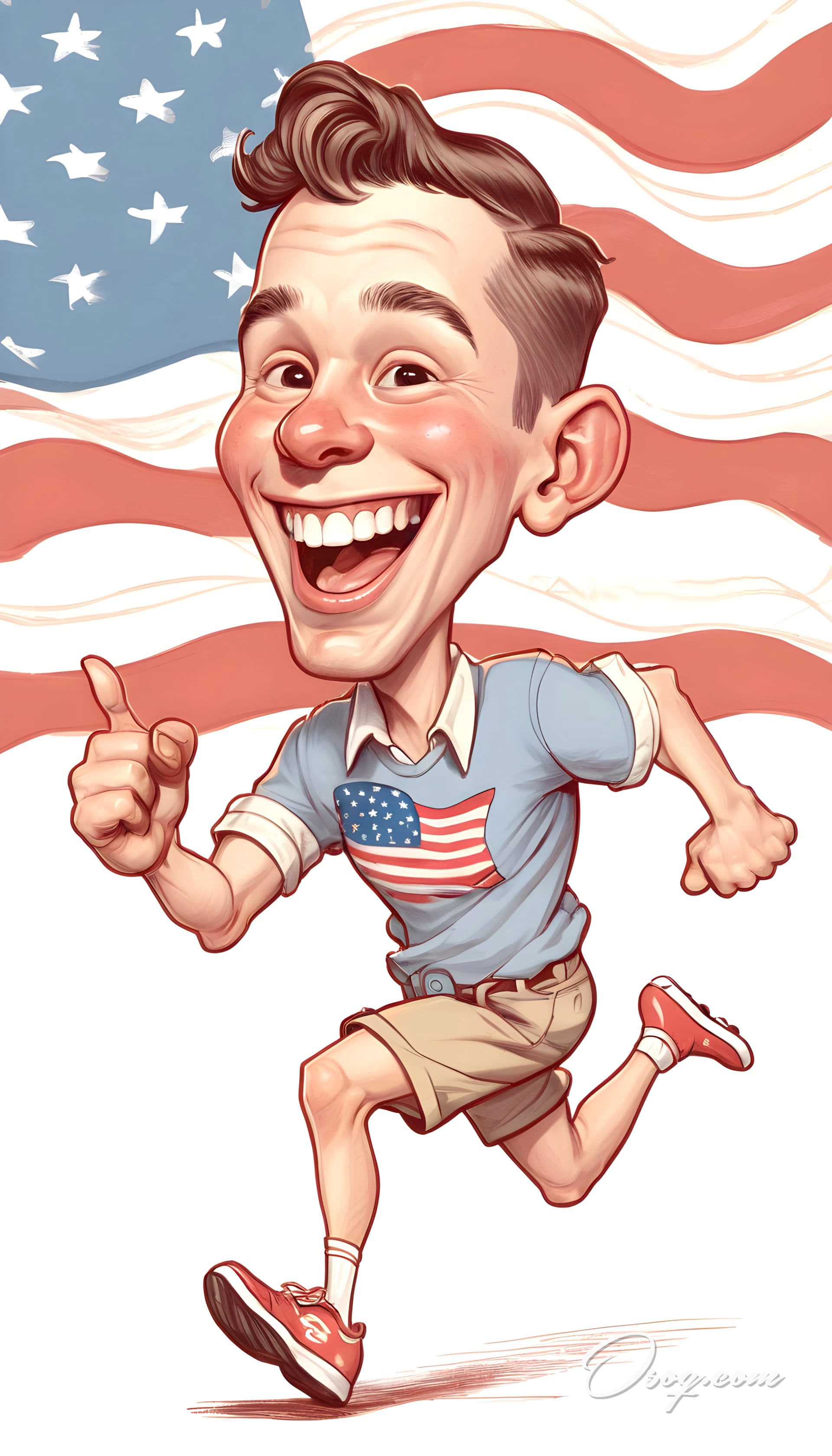
Speaking of Mickey Mouse, he made his debut in "Steamboat Willie" in 1928, marking the first cartoon with synchronized sound. This was a game-changer, making Mickey a star overnight and setting a new standard for animated entertainment.

Superman, the iconic superhero from the USA cartoons, first flew into action in animated form in 1941. This was a significant moment, showcasing the potential of animation to bring comic book heroes to life in a whole new way.
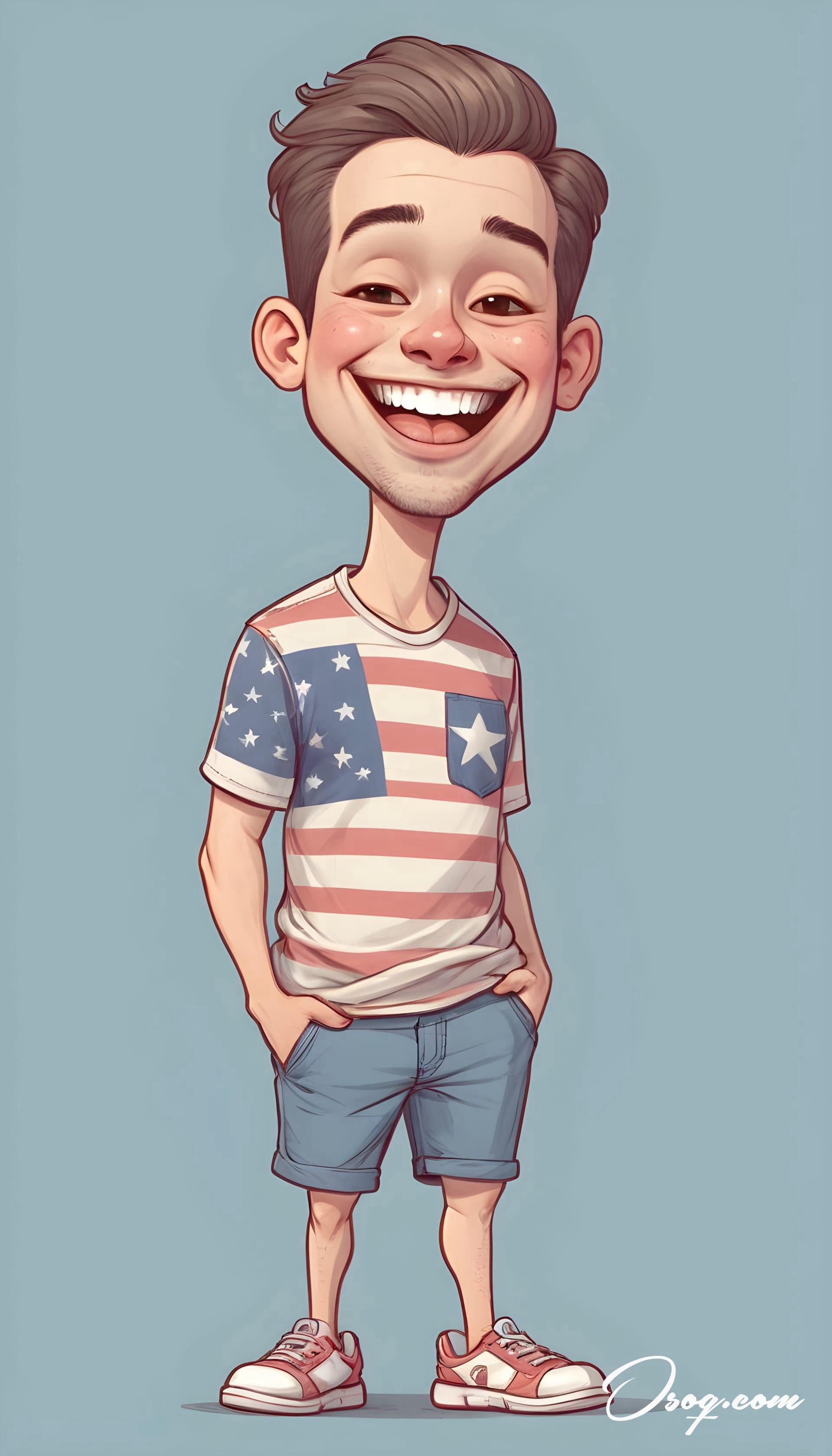
Betty Boop, another iconic figure from the USA cartoons era, was one of the first animated characters to be portrayed as a fully realized female character, breaking away from the typical animal or fantasy creature protagonists of the time.
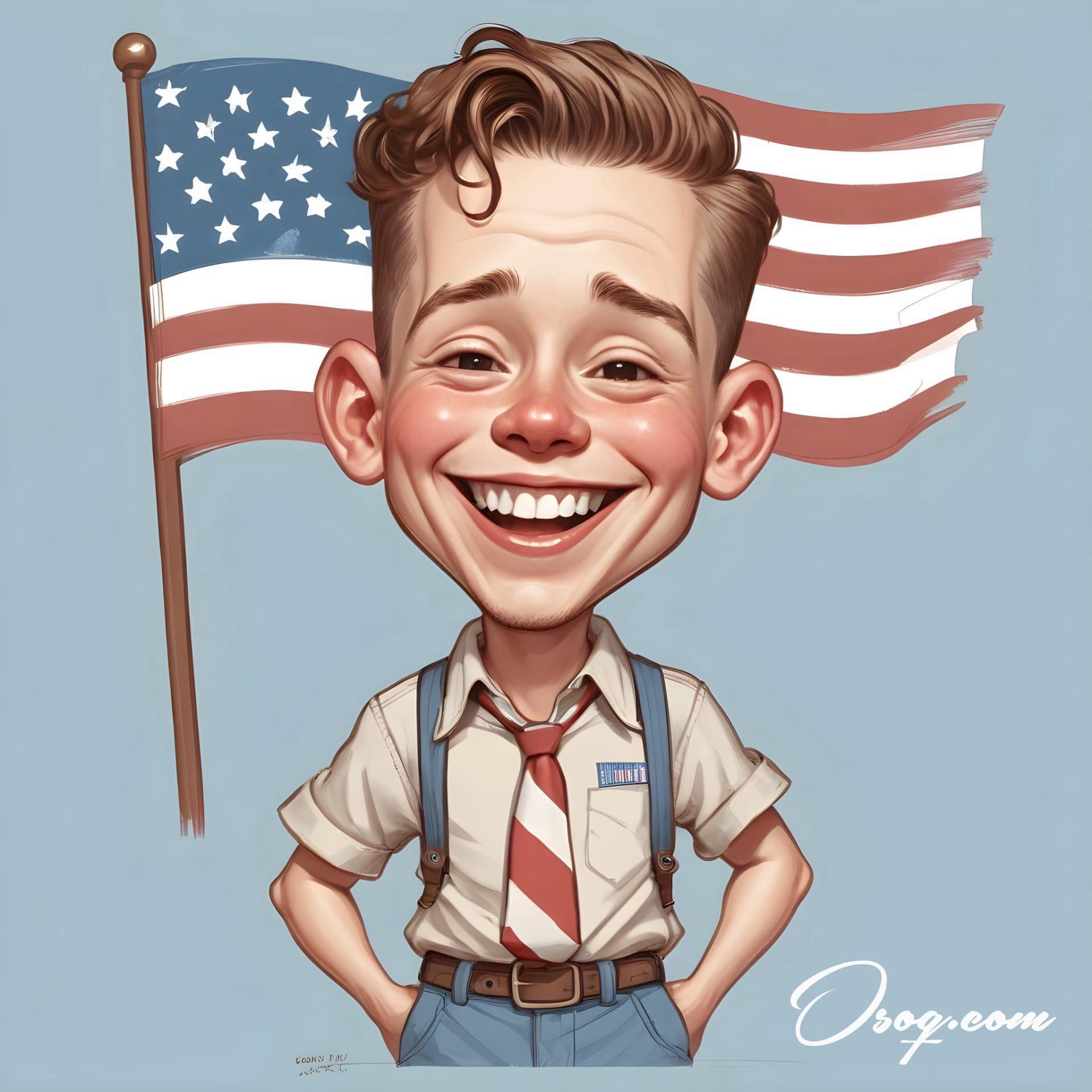
Did you know that the Flintstones, which aired in 1960, was the first animated show to depict a couple sharing a bed? It broke many norms of the day and is considered a trailblazer in pushing the boundaries of animated content.
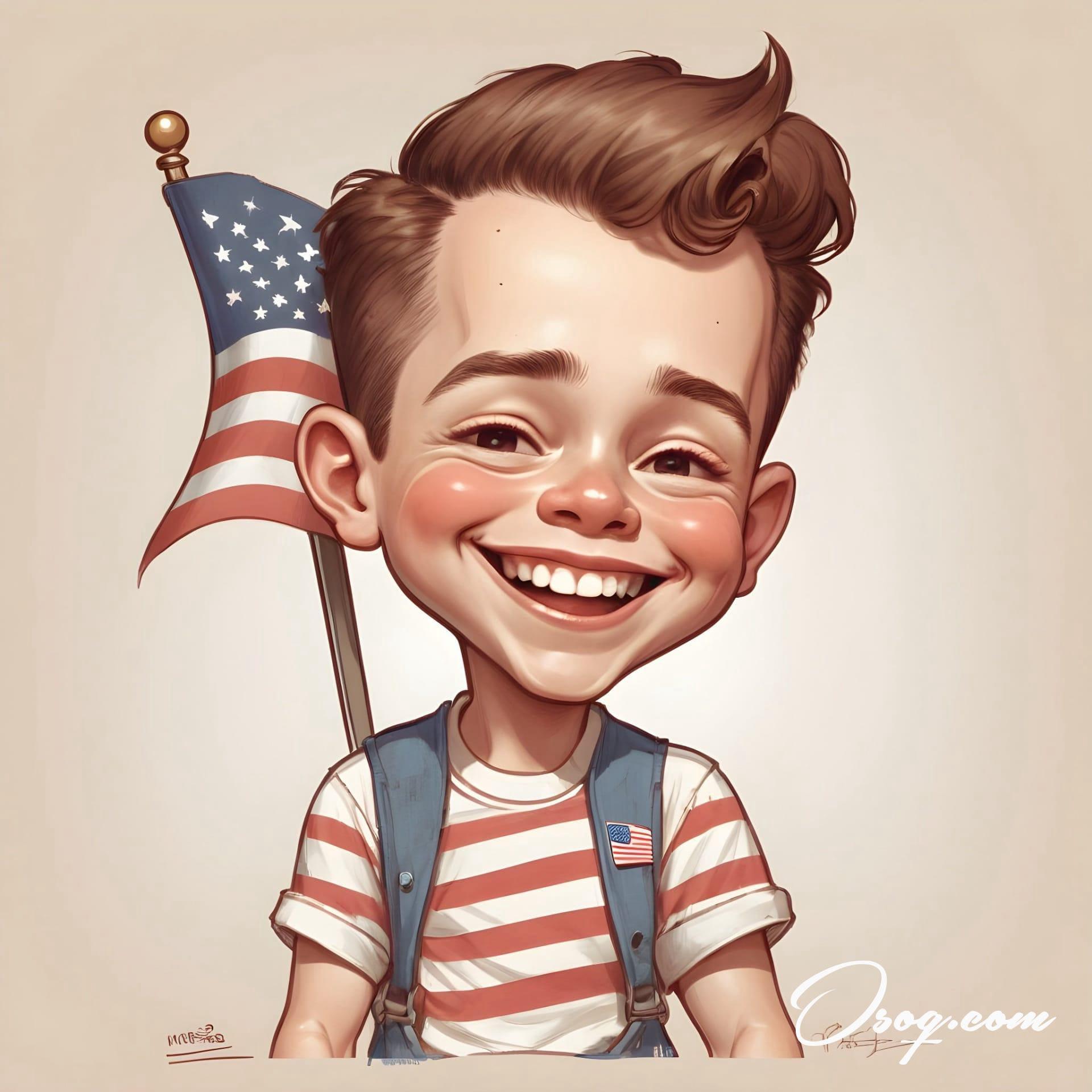
The concept of Saturday morning cartoons, a cherished memory for many, was actually a marketing strategy developed in the 1960s to sell toys to children. This time slot became a staple for showcasing USA cartoons.
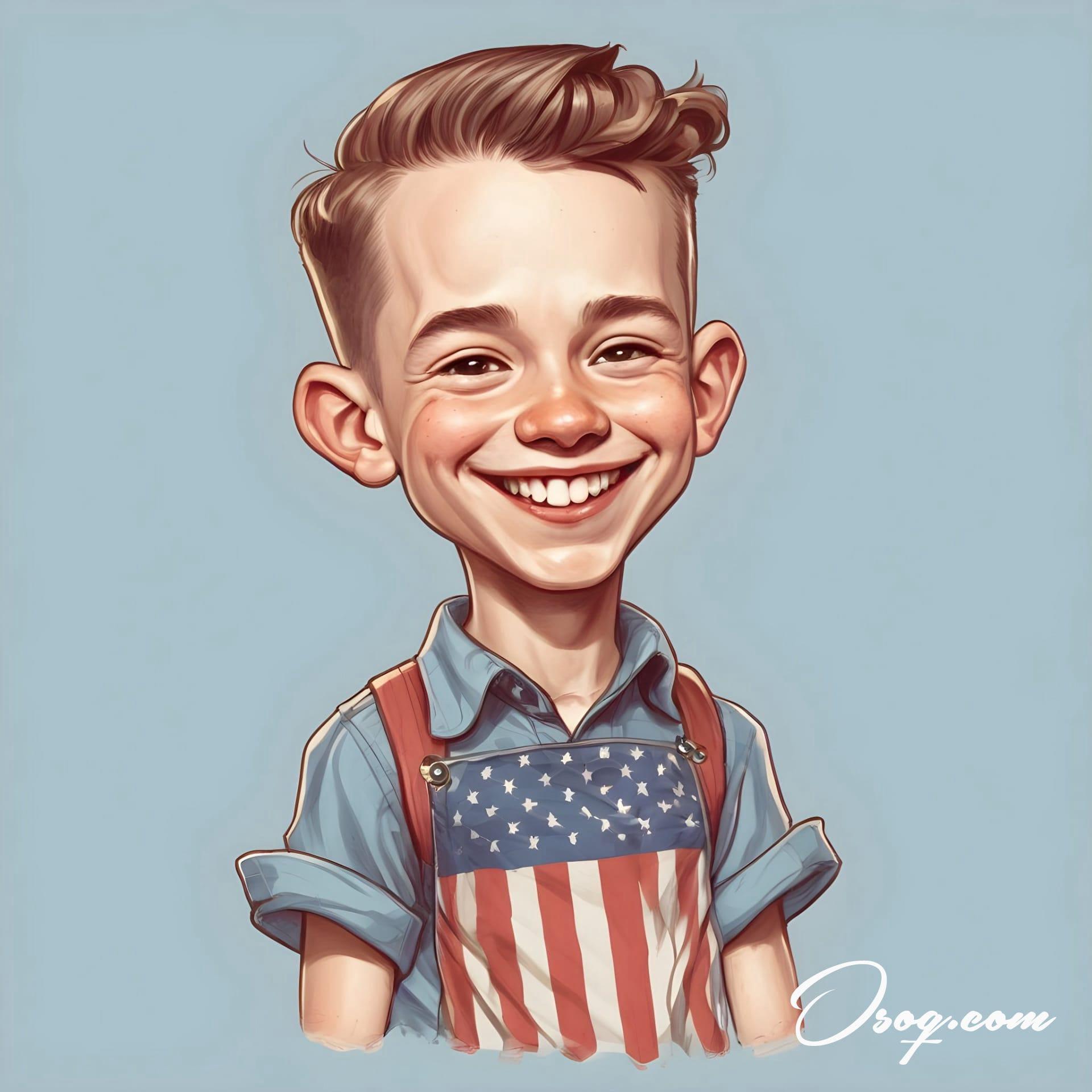
"The Simpsons," which first aired in 1989, is the longest-running American sitcom and animated series. Its satirical depiction of a working-class family has made it a beloved part of TV history.

"SpongeBob SquarePants," despite its underwater setting and quirky characters, is packed with adult humor and social commentary, showcasing the depth that USA cartoons can achieve beyond just entertaining kids.
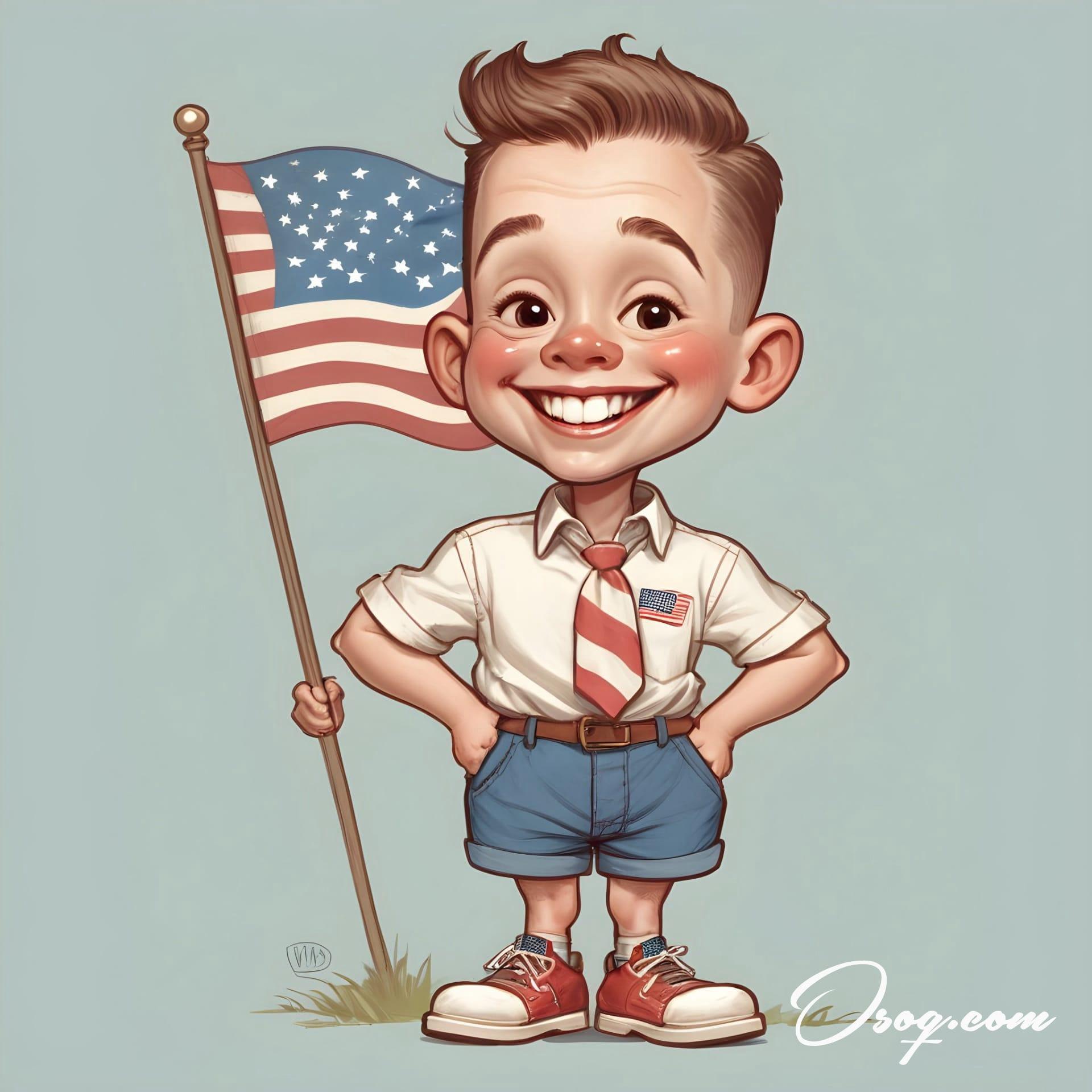
The Pixar movie "Toy Story," released in 1995, was the first feature-length film made entirely with computer-generated imagery (CGI), marking a new era for animated films in the USA and globally.
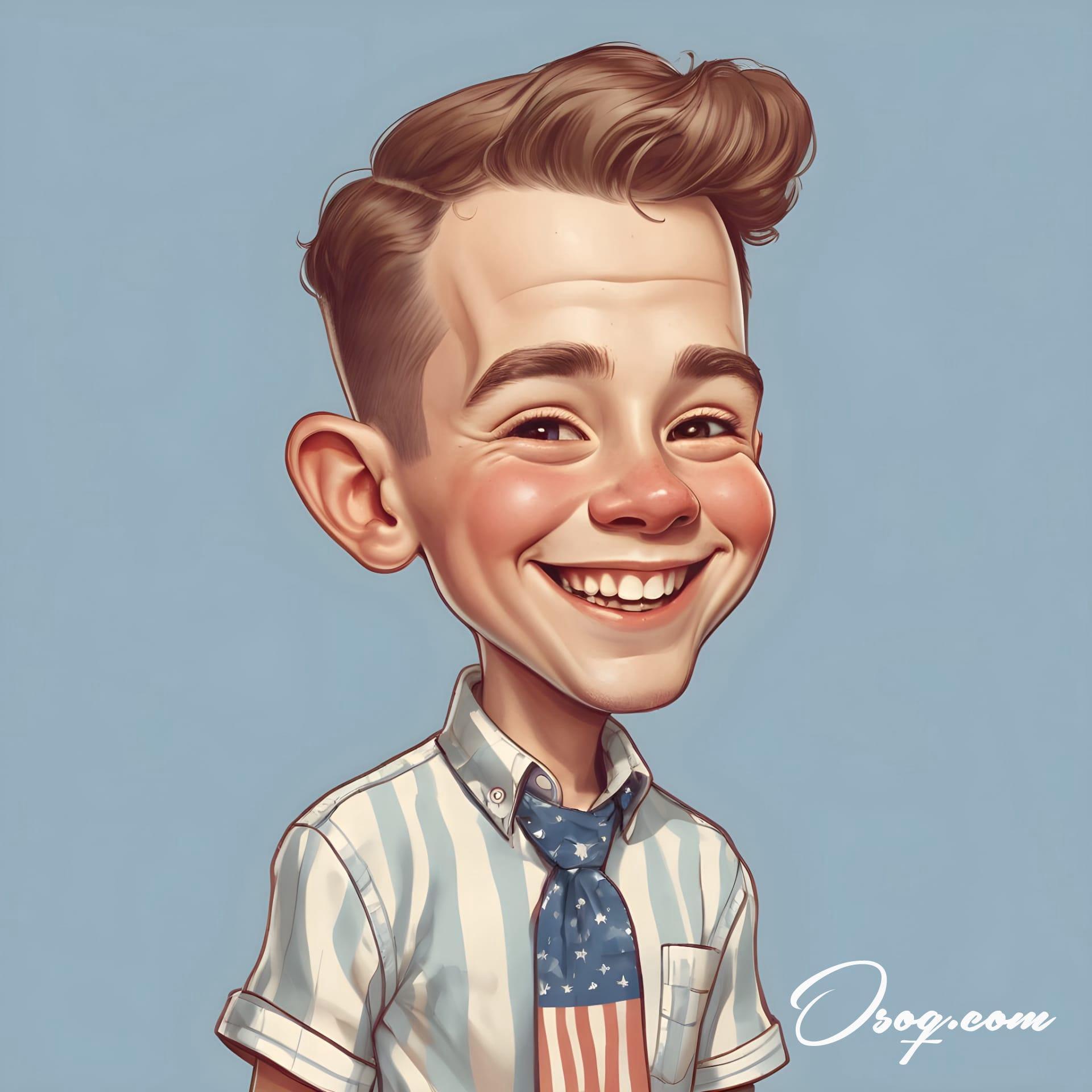
Animation isn't just for TV and movies; cartoons have also made a significant impact on video games. Titles like "Cuphead" draw directly from the visual style of early 20th-century American cartoons.
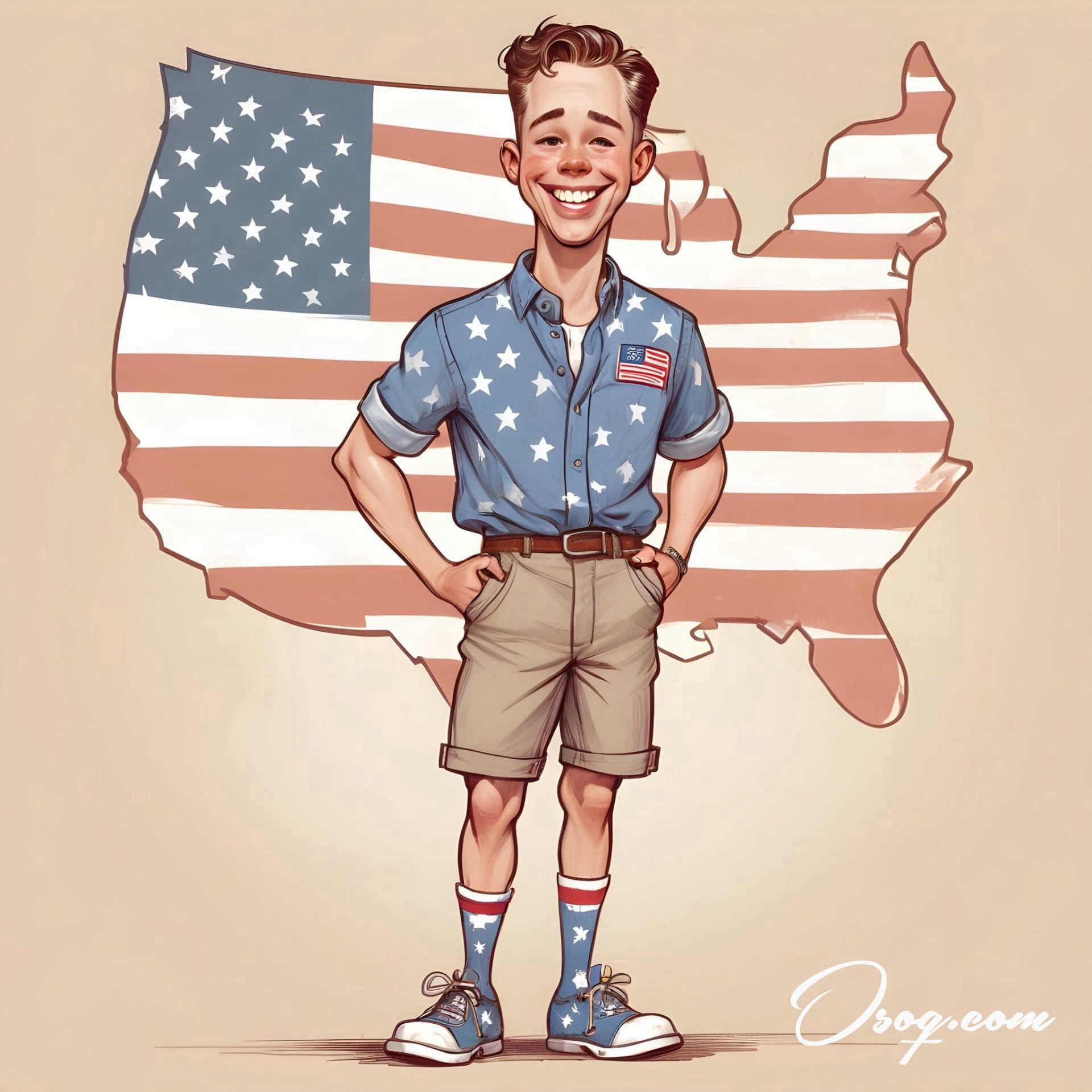
Did you know that voice acting in cartoons is a prestigious gig? Many famous actors, including Robin Williams and Tom Hanks, have lent their voices to animated characters, bringing them to life in memorable ways.

The use of cartoons for educational purposes has a long history, with shows like "Schoolhouse Rock!" using catchy tunes and animations to teach kids about math, grammar, and history.
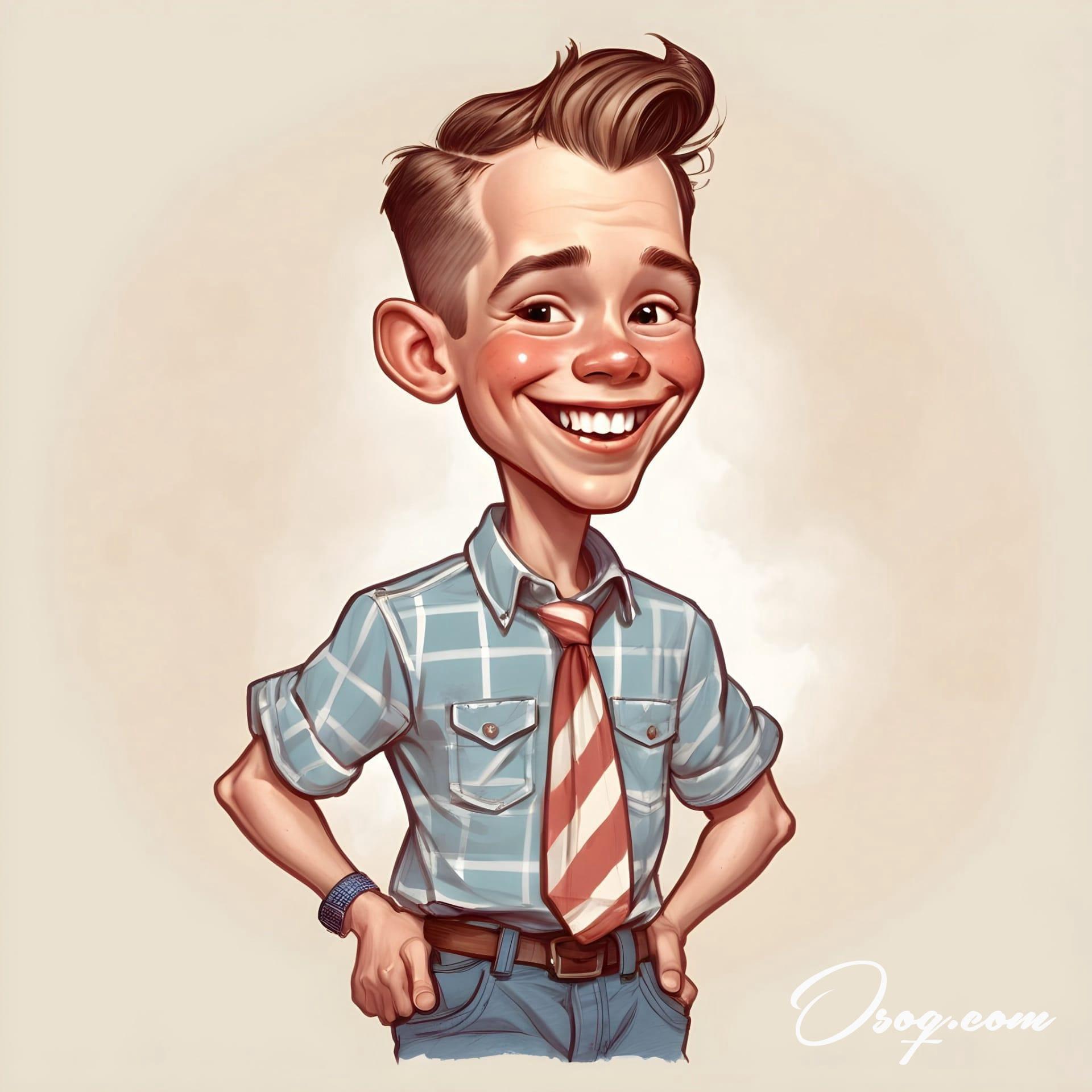
Adult animation has seen a surge in popularity, with shows like "Family Guy" and "Rick and Morty" proving that cartoons can tackle complex themes and humor suited for an older audience.
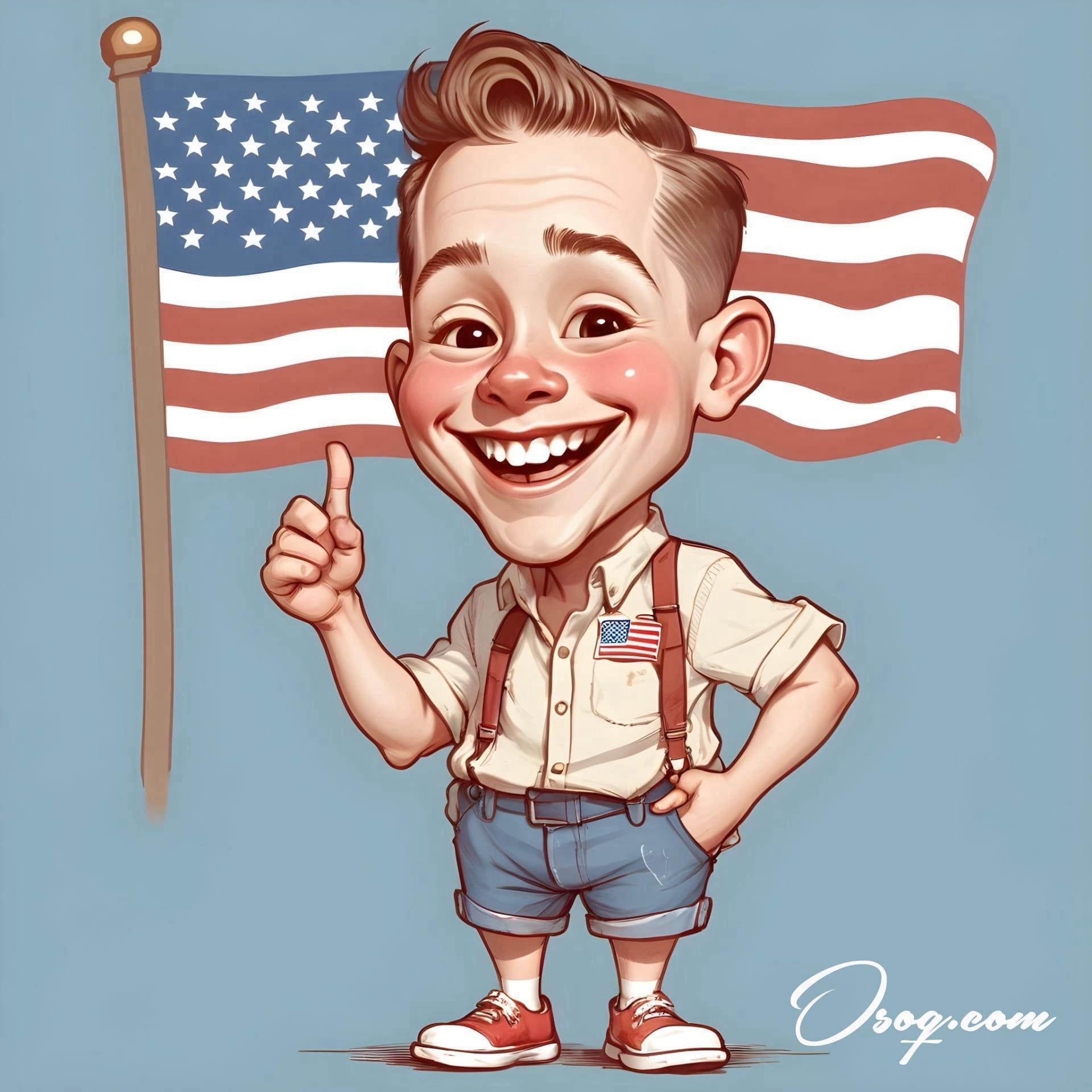
USA cartoons have also been a force for social change, with characters and storylines promoting diversity and inclusion, challenging stereotypes, and addressing social issues.
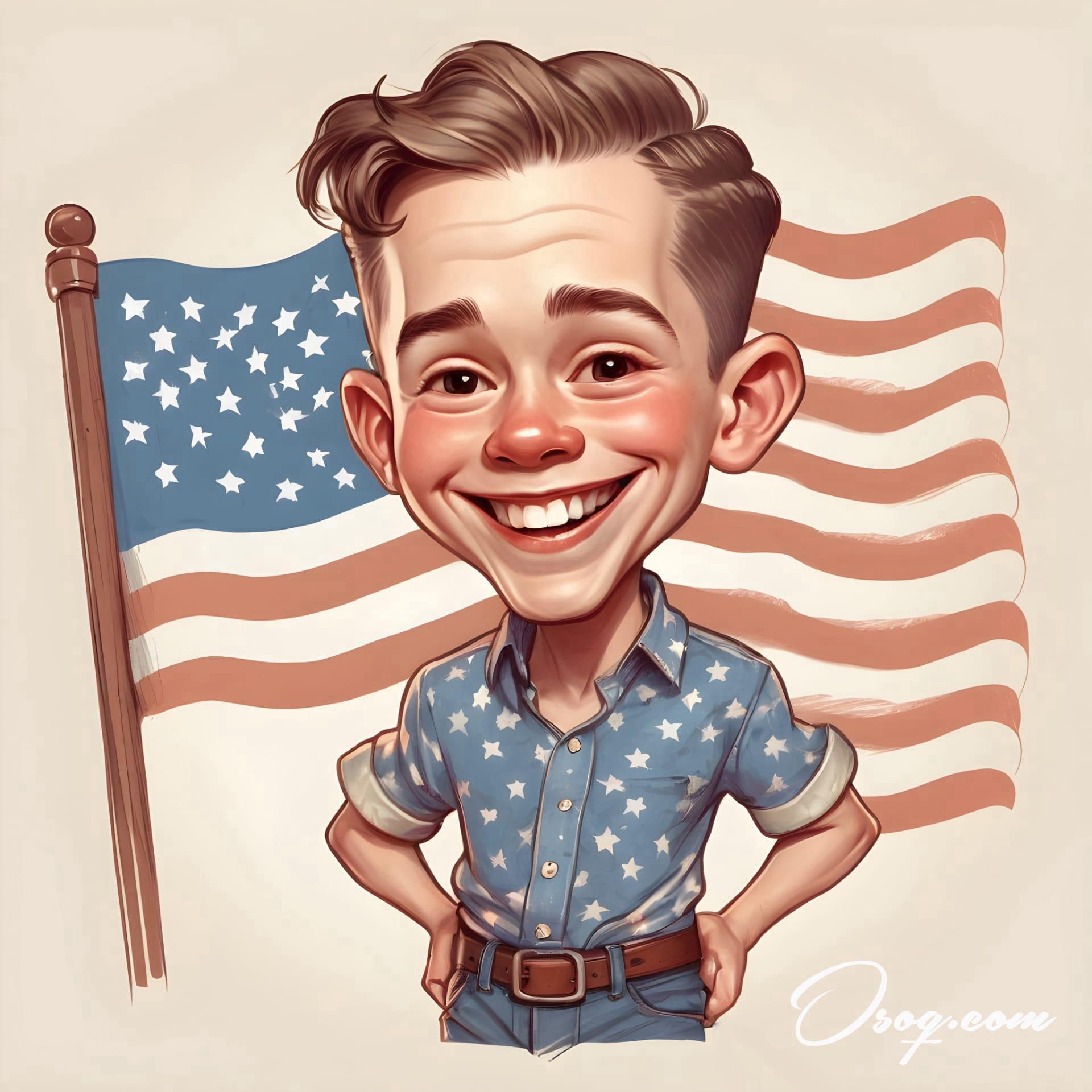
The art style of cartoons can vary widely, from the simplistic lines of "The Simpsons" to the detailed worlds of anime-inspired shows. This diversity in visual storytelling is one of the strengths of animation.

Merchandising has played a huge role in the success of many cartoons, with characters like Pikachu from "Pokémon" becoming global icons beyond the screen, featured on everything from clothing to airplanes.
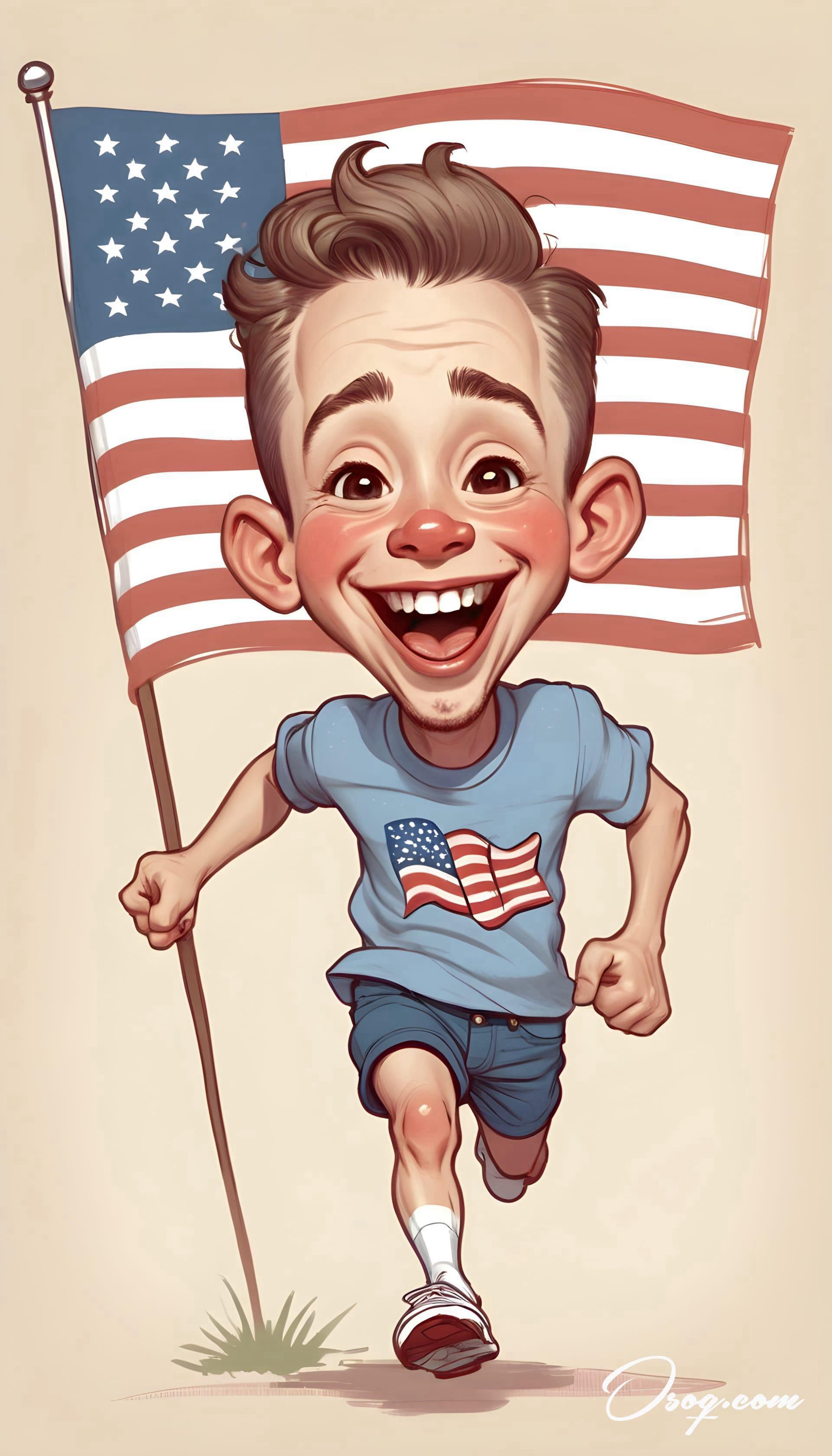
In recent years, streaming services have revolutionized how we watch cartoons, making it easier than ever to access both classic and new animated content from anywhere in the world.
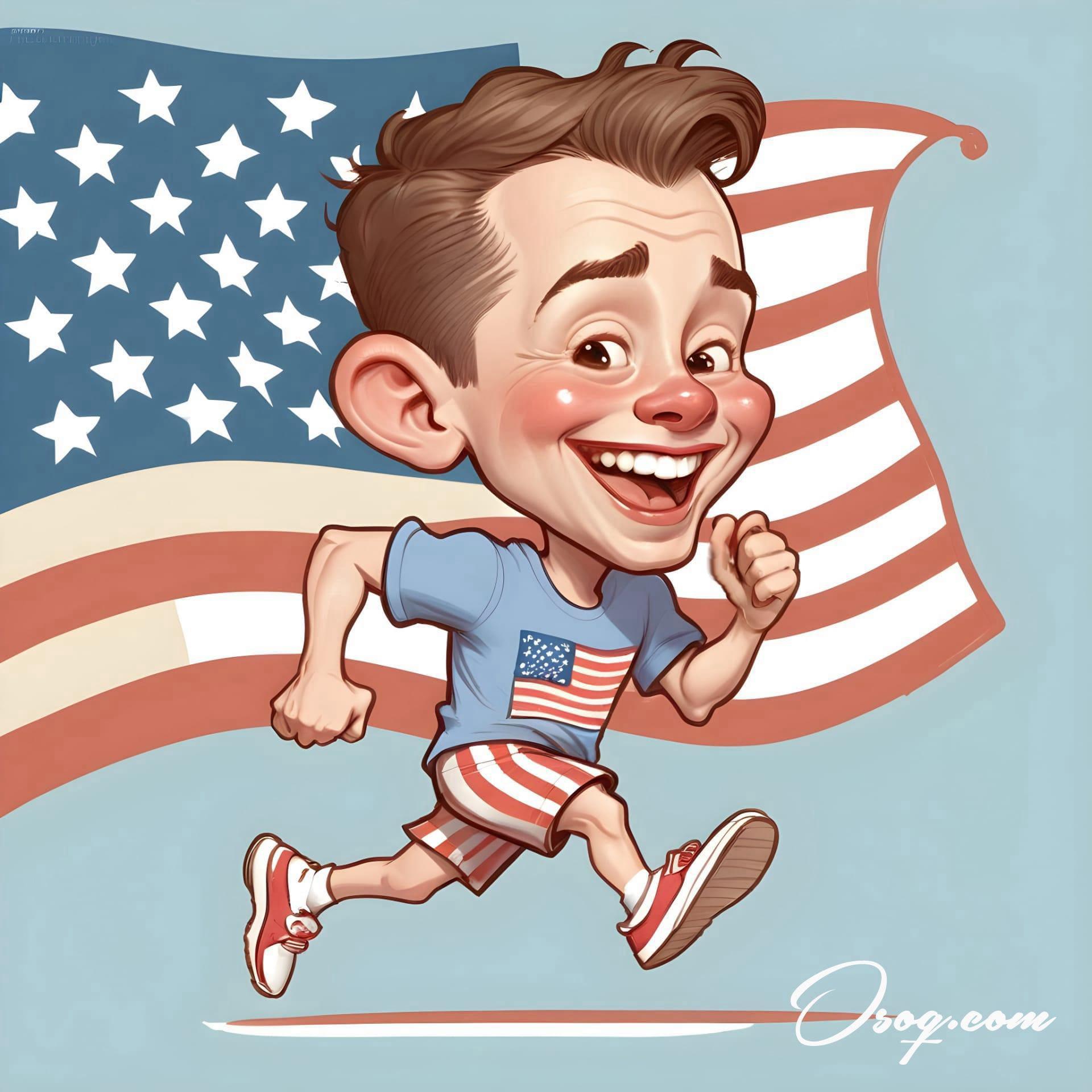
Collaboration between countries has become more common, with many USA cartoons now being produced with international partners, showcasing a global appreciation for the art of animation and storytelling.